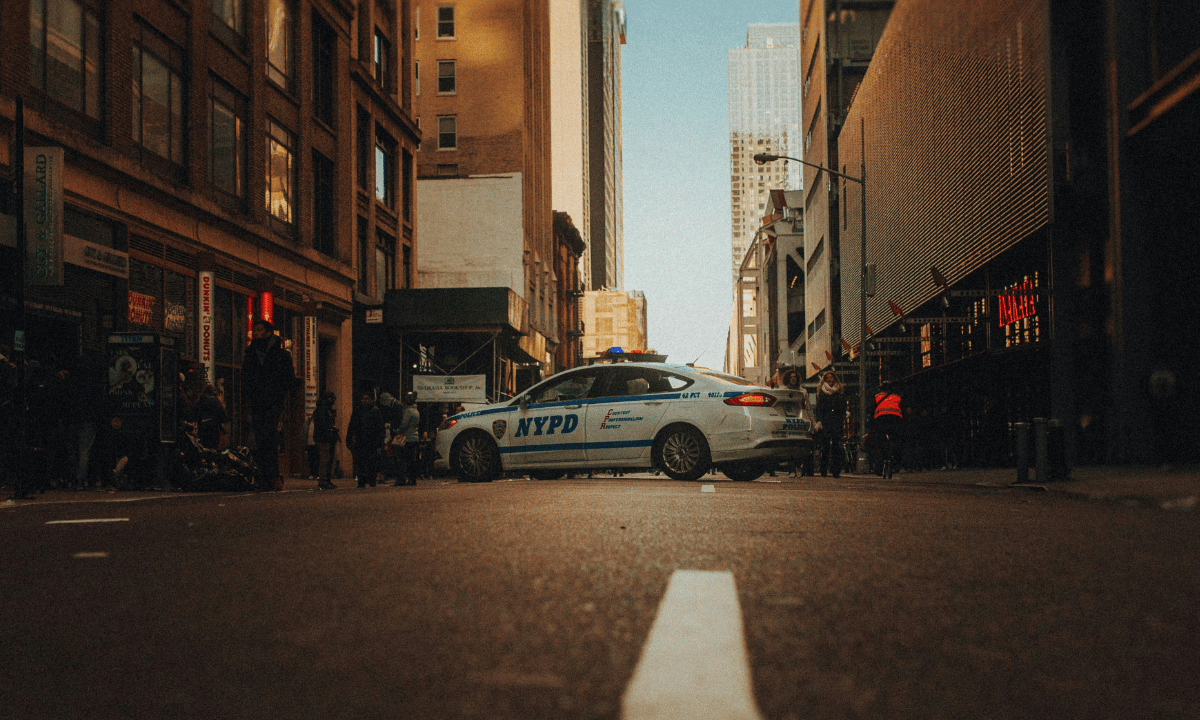Street policing, in its current form, exacts a significant toll on individuals and society. Aggressive, “stop and frisk”-style tactics are humiliating and can easily turn violent. These types of police-citizen encounters, which occur millions of times each year, disproportionally target Black people when conducted in urban areas, foster racial tensions, ruin relationships with the police, and undermine the legitimacy of the government. Research on the effectiveness of these policing techniques is mixed, at best.
The Supreme Court has sanctioned street policing in all of its forms. In Terry v. Ohio, the Court held that, despite the Fourth Amendment’s reference to probable cause, police may subject a person to a brief seizure or stop on reasonable suspicion that “criminal activity may be afoot” and may conduct a pat down if they develop reasonable suspicion that the person is armed. Terry has served as precedent for the Court in decisions that have expanded stop and frisk authority and incentivized the abuse of misdemeanor and traffic arrests as pretexts for acting on hunches.
Despite this body of precedent, another related line of caselaw may provide a legal basis for rethinking the rules of street policing.
In his book Rehabilitating Criminal Justice, Vanderbilt criminal law expert Christopher Slobogin points to cases involving technologically enhanced investigations where the Court has established a higher bar than reasonable suspicion for searches.
For instance, the Court ruled in Jones v. United States that prolonged GPS tracking required probable cause. In United States v. Carpenter, it determined that a warrant is required before cell cite location data may be obtained. Other cases focused on technological policing have come out the same way.
“These cases – involving a type of policing that, coincidentally or not, is more likely than stops and frisks to affect upper-class and white individuals – expose a glaring inequality in Fourth Amendment jurisprudence,” Slobogin writes. These types of searches demand the same infringement of privacy as street policing, but in a remote and covert way that does not trigger the humiliation, stigmatization, and fear that accompany stops and frisks and other tactics.
“Looked at through this comparative prism, the law of street policing is seriously deficient,” Slobogin writes. “If technological tracking and searches of digital records require probable cause that evidence of crime will be found, stops and frisks should require probable cause that a crime has been or is being committed (in the case of stops) or that evidence of crime will be found (in the case of frisks).
Putting street policing on the same playing field as technological policing would bring significant changes to the law of street searches. While still permitting detentions and subsequent searches when police observe or have another good basis for believe a crime is being attempted, a probable cause requirement would limit police’s authority to detain and search on the basis of “furtive gestures,” “evasive action” or “bulges” in clothing, common justifications in aggressive stop and frisk regimes today.
Additionally, “[c]onverting Terry’s frisk doctrine into one that requires probable cause to carry out a search, as proposed here, would mean that a search incident could no longer be automatic,” Slobogin writes.
Slobogin argues that such rule changes would help alleviate the systemic issues created by modern policing techniques, curtailing arrests for petty offenses used a pretexts to harass and search citizens, particularly people of color.
He acknowledges that stricter rules may not be enforced, and in doing so points to Chapter 4 of his book, which covers how police misconduct should be handled.
Finally, Slobogin addresses perhaps the largest concern about his proposal – the possibility that limiting the police’s ability to “stop and frisk” will reduce their ability to prevent crime and keep citizens safe. In response, he cites research on New York’s stop and frisk campaign that showed that “probable cause” level stops produced significant reductions in weapons, property, and violent crimes, while “non-probable cause” stops added “nothing to the crime control effects of law enforcement.” He also points out that, under this new regime, police would maintain significant preventative power, including the authority to handcuff detainees.
He concludes with a reminder that “’public safety’ comes in many guises.”
“The current regime…annually visits indignity on tens of thousands of innocent or minimally culpable individuals, most of them people of color….The individual and collective costs of that regime must be a part of the calculus.”
Rehabilitating Criminal Justice, published by Cambridge University Press, publishes in March and is currently available for pre-order.
Christopher Slobogin is the Milton R. Underwood Chair in Law and Director of the Criminal Justice Program at Vanderbilt Law School.
